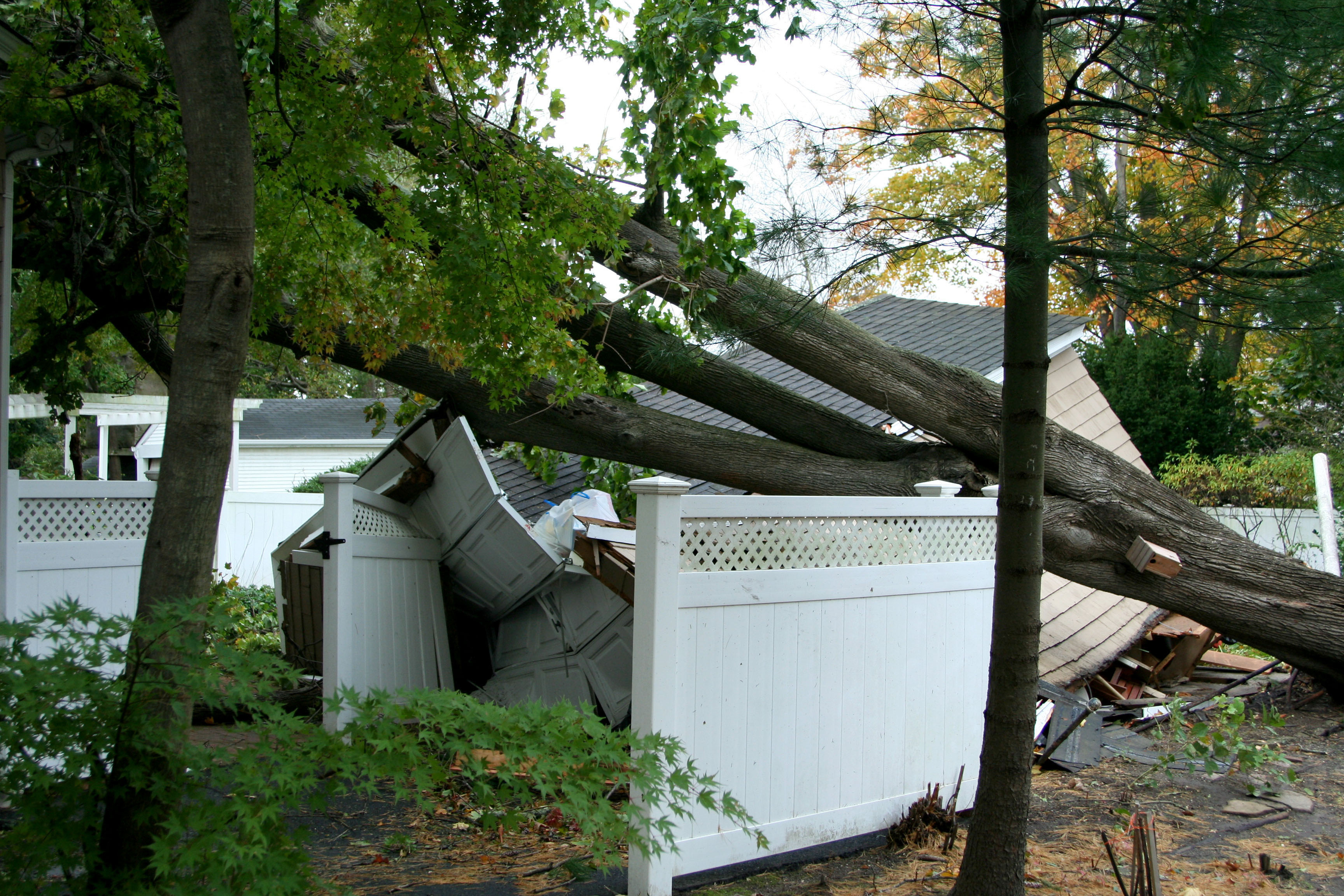
Second only to the question of the sound of a tree falling in a forest is who’s on the hook when a tree falls across a property line. But the answer is fairly straightforward, at least from an insurance perspective.
If your neighbor’s property is damaged by your tree, then they should file a claim with their insurance company. If the tree damages their house or other structures (such as a garage, shed or fence), their homeowners policy will generally pay to fix the damage. If the tree damages your neighbor’s car, then their auto insurance policy’s comprehensive coverage usually pays to repair it.
Hurricanes — a frequent source of both damage and claims — can complicate things, said Mark Friedlander, director of corporate communications at the Insurance Information Institute. Sometimes, the origins of a tree limb can’t be determined, as in windstorms, in which trees, shrubs and branches can become projectiles capable of traveling great distances. “To process your claim, your insurance adjuster will typically not spend much time trying to locate exactly where the tree originally lived,” Friedlander explained.
The responsibility is on the homeowner’s insurer, said Robert P. Hartwig, director of the Center for Risk and Uncertainty Management at the University of South Carolina. But he said he advises people to try to be good neighbors: The owner of the property where the tree was growing could offer to pay the insurance deductible.
Hartwig said he did this when he lived in Westchester County, N.Y., several years ago. A heavy thunderstorm with wind blew down a tree on the edge of his property. The tree was so large that it fell onto the street and destroyed part of the chain-link fence of his neighbor across the road. The elderly man who lived there was so upset, he came outside, unbuttoned his shirt to reveal a scar from years-prior open heart surgery, and exclaimed, “You’re killing me! You’re killing me!” Hartwig said he apologized and explained the man’s own homeowners insurance would cover the damage. Hartwig offered to cover the deductible, which turned out to be $500. “By the next day, he was super friendly and everything was fine,” Hartwig recalled. “And he soon got a better fence than the old one that was there.”
But a tree owner isn’t necessarily in the clear. If the tree owner is negligent in caring for the tree, sometimes the insurance company may seek reimbursement from the tree owner’s property insurer in a process called subrogation. This can happen if the tree was in poor health or not properly maintained. “If your insurer is successful in the subrogation process, you may be reimbursed for the deductible paid for the claim,” Friedlander said.
In addition to the cost of repairing an insured structure, Friedlander said homeowners policies may contribute to the cost of removing the tree itself, typically up to $500 to $1,000, depending on the insurer and the policy. But if the tree didn’t cause damage to a structure, the policy will usually not cover debris removal. In some instances, however, such as when the felled tree blocks a driveway or a ramp for the disabled, some insurers may cover that removal cost.
Finally, Friedlander added, if a falling tree or branch damages a vehicle, the optional comprehensive portion of an auto policy — the vehicle owner's — will cover that. Friedlander said about 80% of motorists in the U.S. carry comprehensive coverage.







